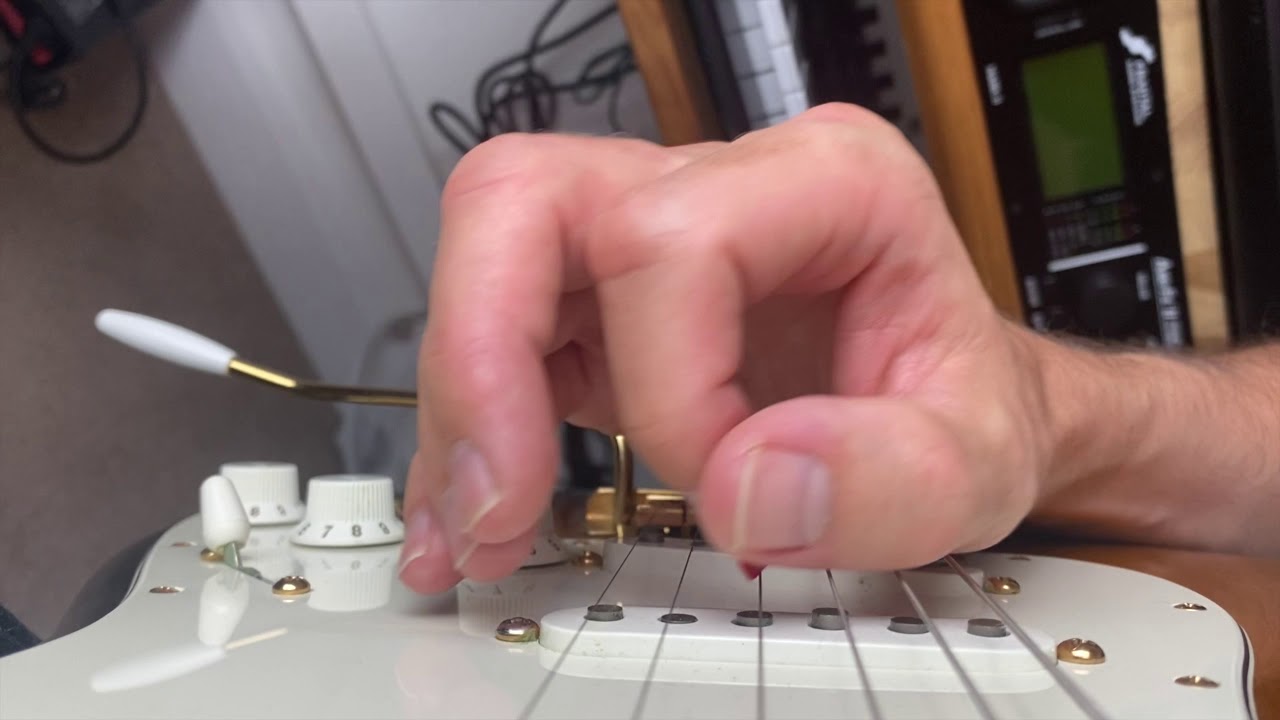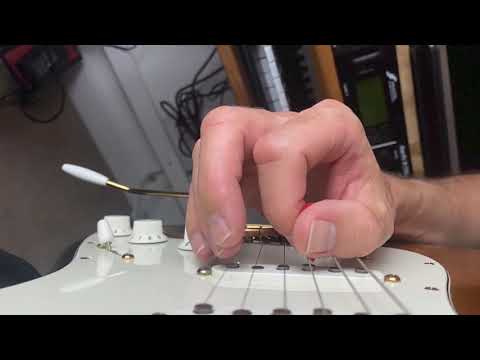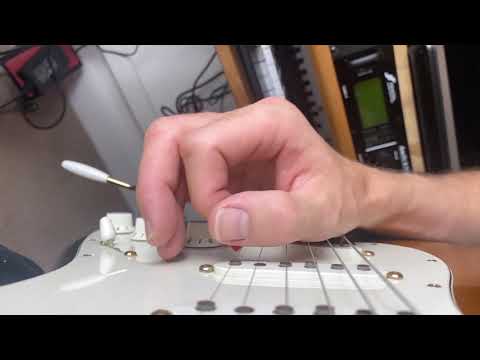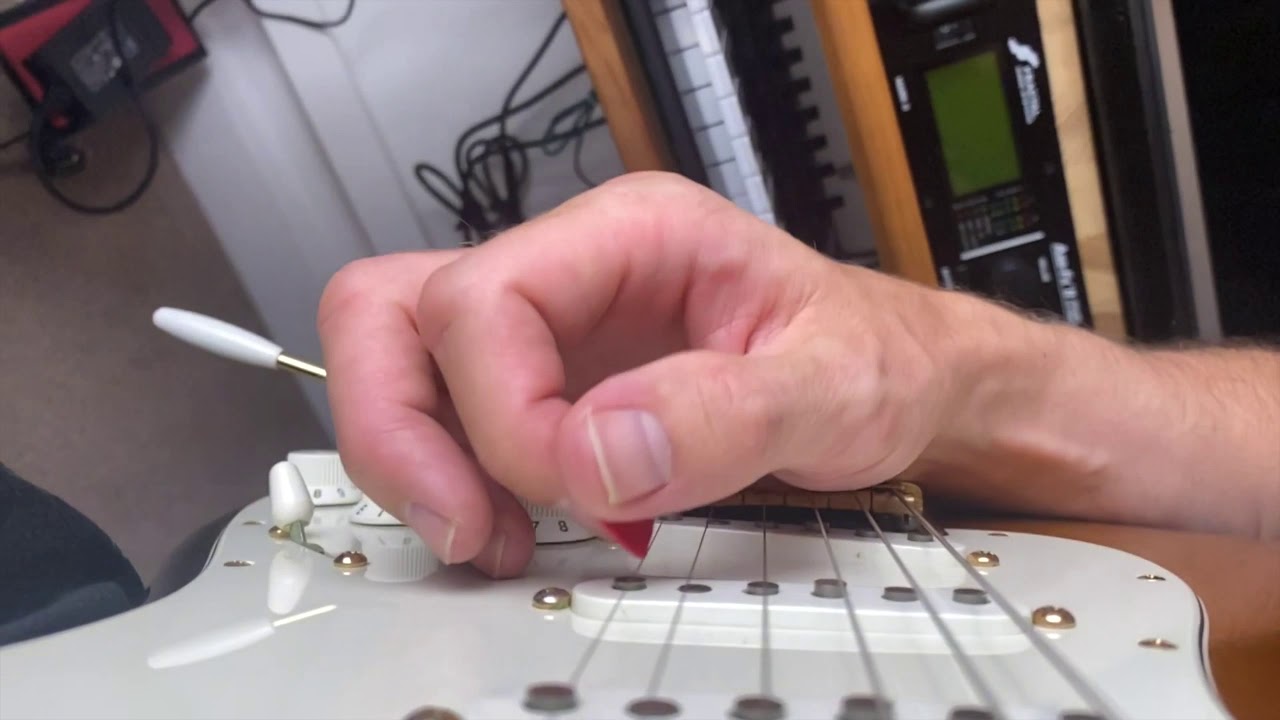Hi! 
I’ll try to give some feedback on each of the videos, although I’m no expert, so you have to wait for a response from someone else for that! 
Starting with video 4, are you trying to do solely forearm rotation or a compound movement with the wrist? According to the Pickslanting Primer, it seems that forearm rotation in isolation works best with the picking hand and arm in an Eddie or Gypsy style of playing. As your wrist is in a more extended position (closer to the bridge) I suspect you’re aiming for a combination of wrist and forearm movement. I think – which often is suggested here on the forum – trying to find the motion on a single string first at a relatively high speed is beneficial before trying string switching examples. Are you able to do that yet with this type of motion? To me, it looks like the USX motion you’re trying to achieve escapes correctly, but you’re amplifying the string escape a bit when changing strings, i.e., the pick escapes farther, which might be something to consider, as the escape should happen from the motion itself as far as I know.
In clip 3 it looks like you’re using some wrist motion in combination with elbow movement. As elbow movement seems to work best with a DSX approach, you could try to incorporate some of that if you want the pickstrokes to escape, implementing some UWPS according to the pick motion angle. If you choose to do this, experimenting with the pick grip could also help, where the trigger-style grip often works well with DSX motions.
In videos 1 and 2, it looks like to me that you’re picking switching motions quite frequently and not sticking with DBX, as the DBX curve is missing when you’re staying on one string. I’m not sure if this is the source of the problem, but it might be something to take into consideration.
What you could try doing – unless you’re super keen on wanting to keep the DBX motion – is trying the lick using a single escape motion and allowing some swiping to initially happen. With this 3-notes pentatonic pattern, a USX motion involves two swipes when ascending per string change (6 notes in total) and one swipe when descending. The reverse is true for a DSX motion; one swipe on ascension and two on declension.
Here’s an example I filmed using USX:
and here’s one using DSX:
I tried to deliberately show where the swipes happen, but it’s quite tricky to do slowly, and I don’t think it’s something that one should force to happen as it happens quite naturally with the correct pickslanting angle. Once you’re able to do this, you can try to clean up the swipes with some minor movement corrections like you’re already doing in your video. If you, for example, do this with a DSX motion you only have one swipe per string change, and here you can change to a USX motion for one note to minimize or eliminate the swipe.
Hopefully, this helps a bit and that at least the majority of what I’ve said corresponds to Cracking the Code principles! 









 this is true. I get a sore head trying to overthink it all!
this is true. I get a sore head trying to overthink it all! The ideas and the attitude are fantastic, but the playing is not very precise.
The ideas and the attitude are fantastic, but the playing is not very precise.